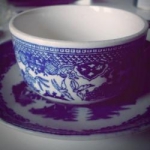Pharmacy Museums Show What It Was Like Before Modern Medicine
Each one is so unique.
If you’re a history person at heart then you probably already know and love historical buildings and sites like Colonial Williamsburg or Mount Vernon. But, there is a whole other category of living museums and displays out there that center not around farm life or historical figures, but instead around drugstores. Visit any of the pharmacy museums of the world and you can get a sense of what medicine was like before the modern era. In fact many of these sites would be more accurately referred to as apothecaries since many relied on herbs and plant medicine as much or more than on conventional medicine. Here are just a few of the beautiful pharmacy museums of the world.
Santa Maria Novella, Italy
The original monastery in Florence was run by Dominican friars beginning in the 13th century. The apothecary onsite aimed to ease the ailments of the locals through the plague years with perfumed oils and essences, which eventually became a foundation for modern perfumery. Today they still make soap, salves, and perfumes, which are on display alongside the antique decorations, jars, and, equipment once used to make the precious formulations the old fashioned way.
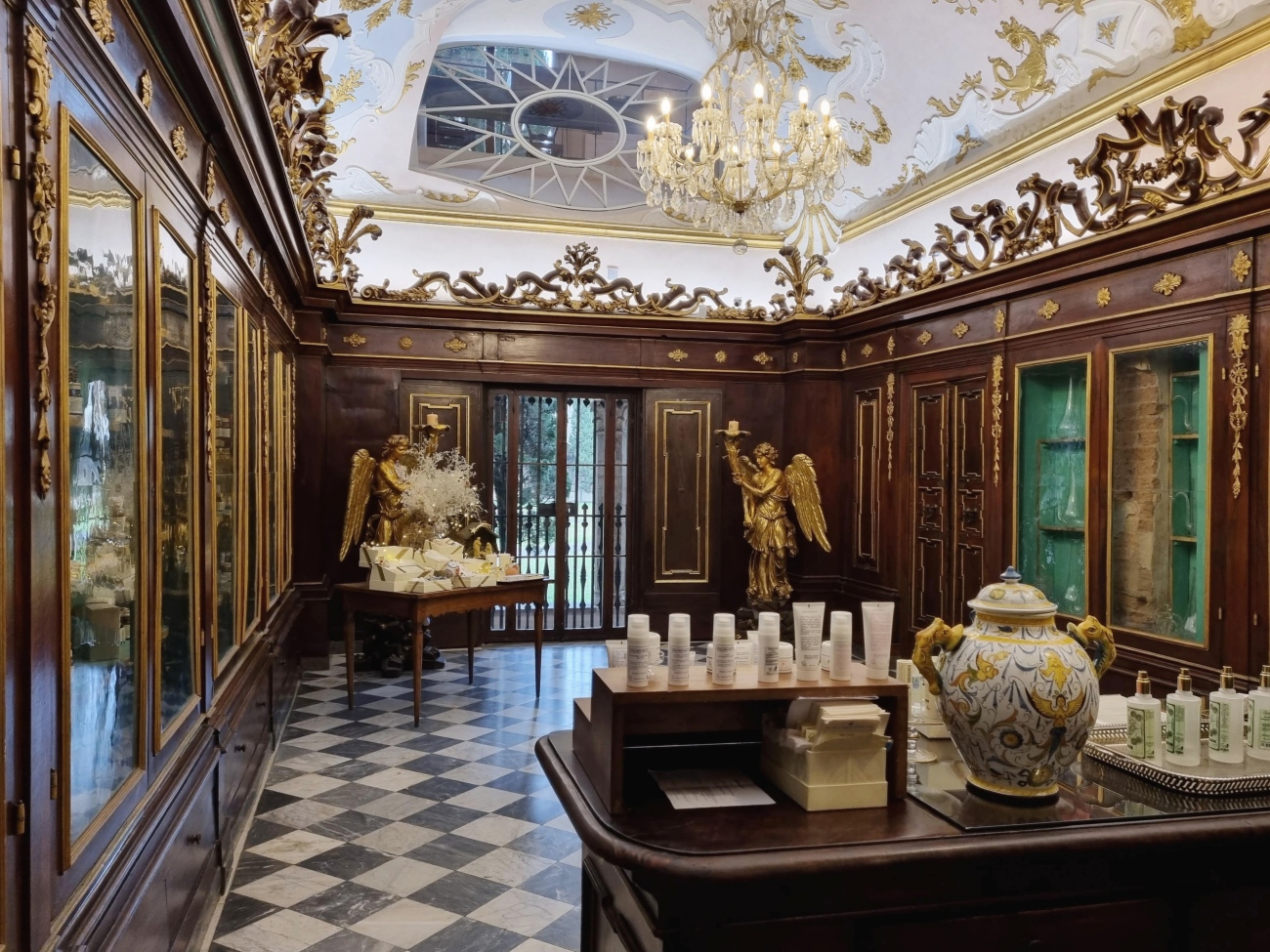
New Orleans Pharmacy Museum, United States
There aren’t as many pharmacy museums in the US as in other locations, but there are some. The New Orleans Pharmacy Museum was created in 1950 in a historic 1820s French Quarter townhouse building once occupied by the 19th-century practitioner Louis J. Dulfilho, Jr., the first liscenced pharmacist in the US.
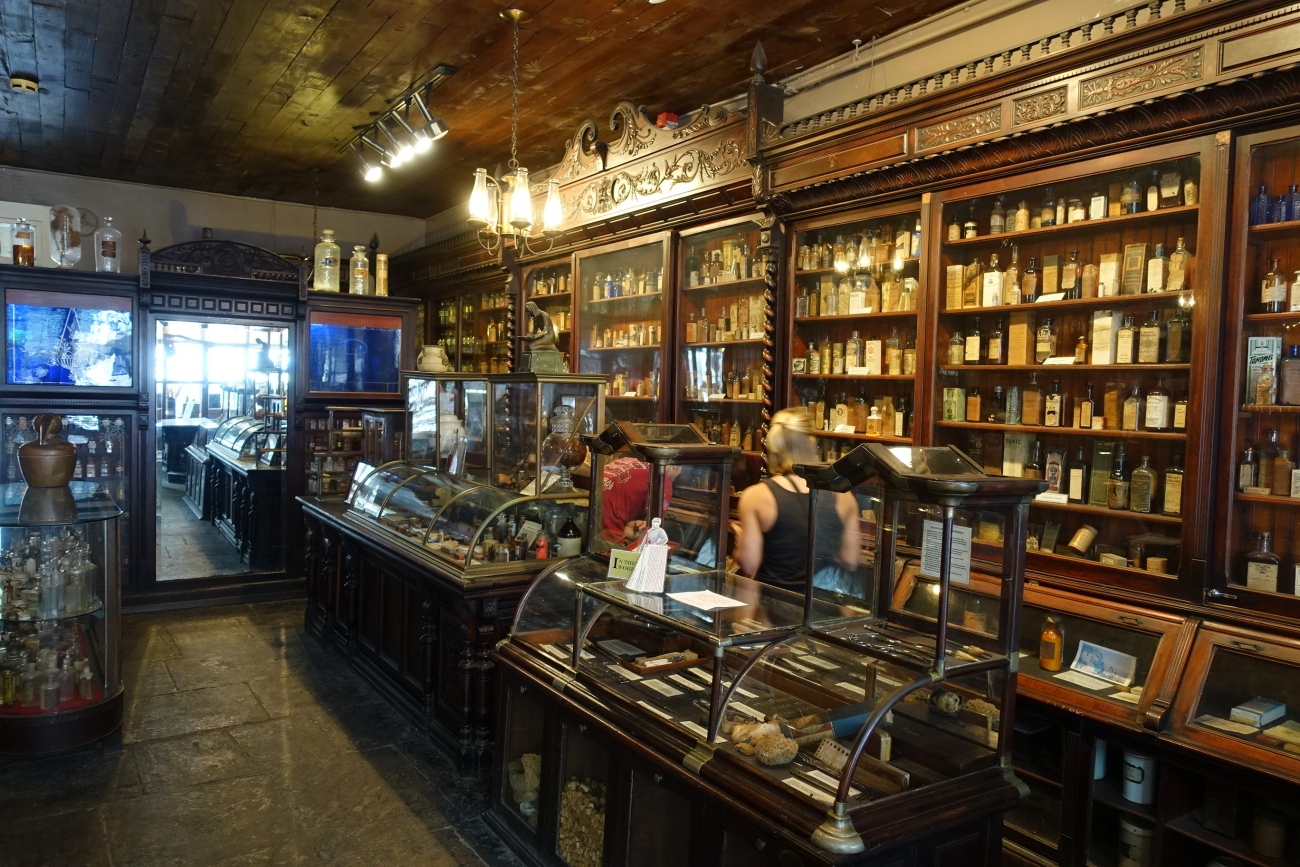
Bates & Hunt, England
The UK has many museums dedicated to preserving old shops like pharmacies and apothecaries. One very famous and colorful one is part of the Ironbridge Valley historical sites in Blists Hill. Here the entire town of Telford is preserved in time, with Victorian sites around every corner. Unlike so many apothecaries, this one is light and bright thanks to the huge windows at the front- this being a recreation modeled on a main street (or hight street) pharmacy of the era. As these establishments became more about commerce they emerged from the darkened rooms of monasteries to become light-filled spaces for customers buy medicines and beauty aids.
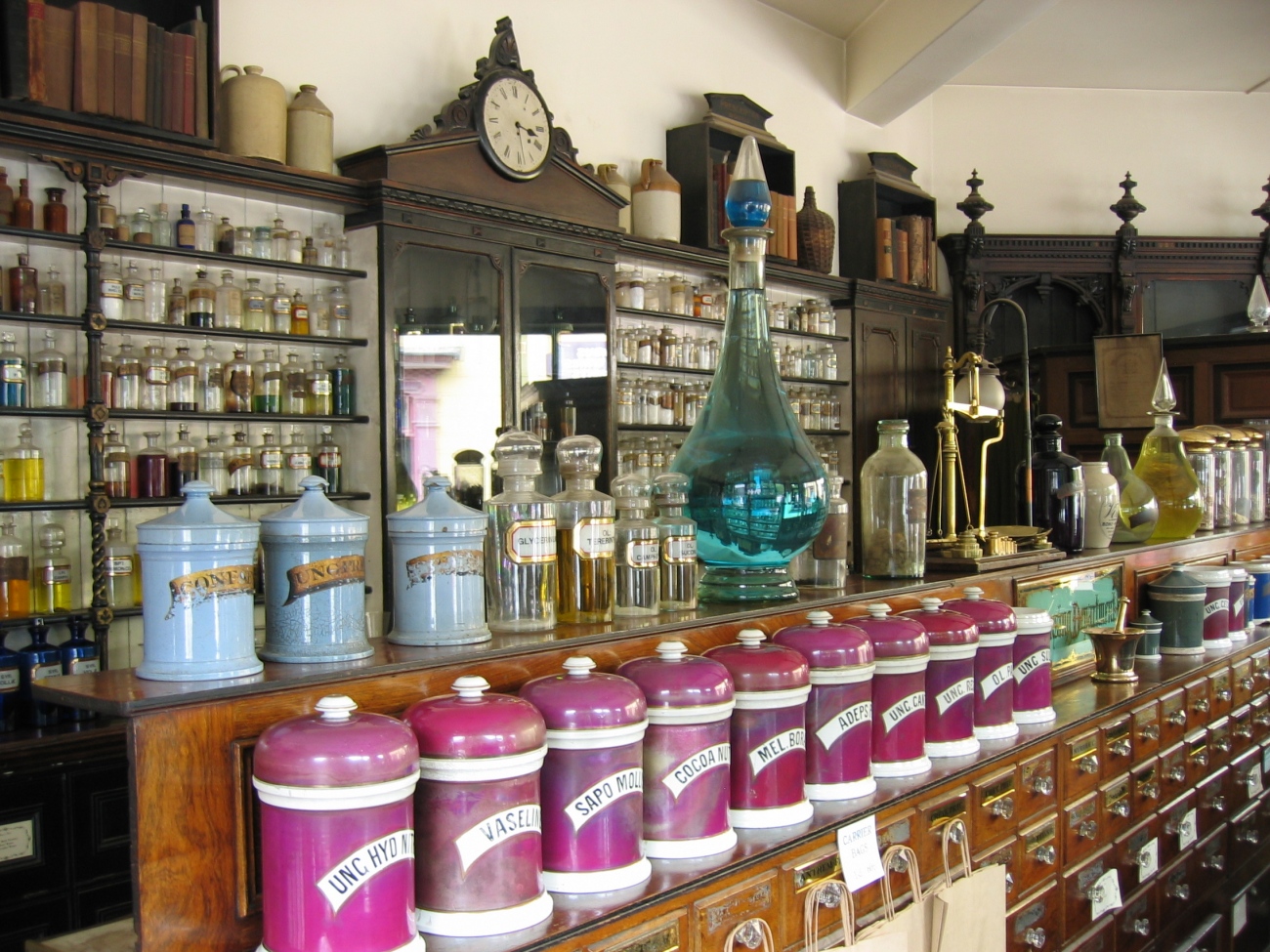
Kraków Museum of Pharmacy, Poland
Many of the pharmacy museums of the world capture a time in the 1800s when industry and art joined forces to create a lavish buyer experience at the chemists’. But, at the Kraków Museum of Pharmacy in Poland at the Faculty of Pharmacy of the Medical College of the Jagiellonian University, visitors can see into other eras, such as the rather medieval-looking chambers of a 17th century apothecary, filled with jugs, barrels, and lots of wrought iron. The museum does have other areas that are dedicated to more recent pharmacies as well.
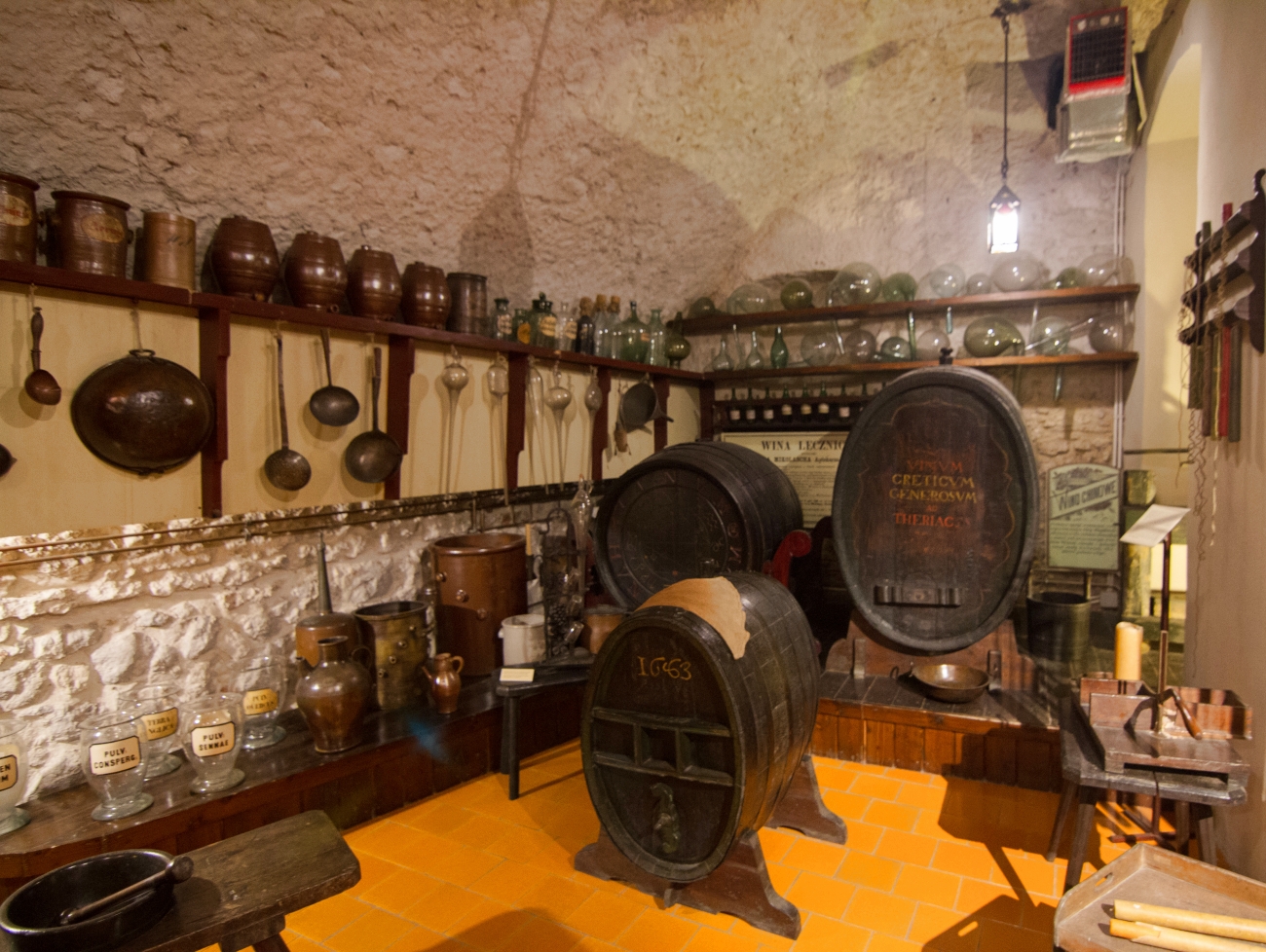
Farmacia La Reunión, Cuba
This Farmacia La Reunión in Havana got it’s start in the 1850s and evolved over time to become one of the most important pharmacies in Cuba, with a complex of buildings and many employees. The stained glass and Art Nouveau interiors speak to a time when beauty was part of the function, even for practitioners of medicine. It became a museum in 2004 after a series of renovations.
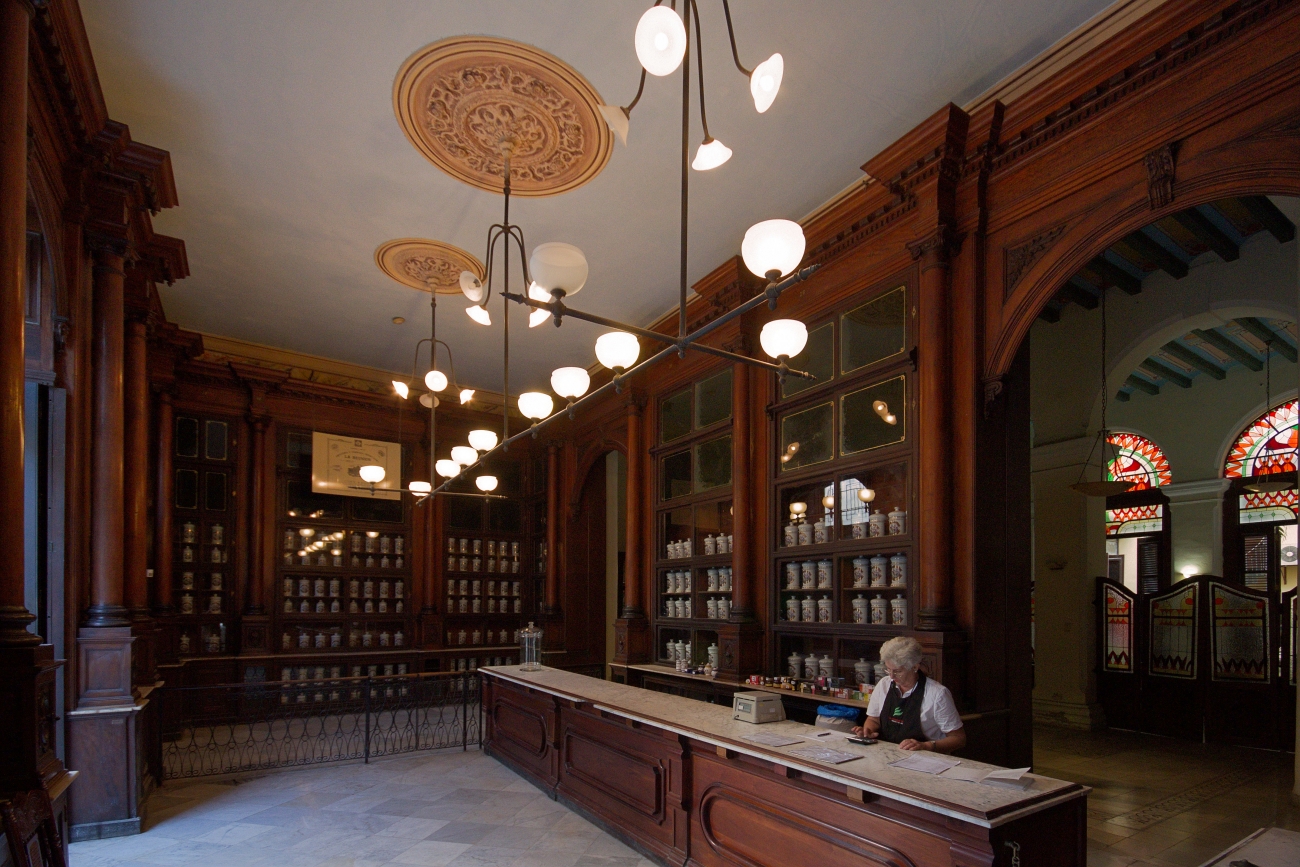
Apothicairerie de l’Hotel Dieu de Lyon, France
In Western France in a former hospital lies a pharmacy museum with rows and rows of exquisitely-preserved apothecary drawers, cabinets, and containers. First built in the 12th century, the hospital did not get its apothecary until the 17th century and the rooms from this era are designed with ornate features, nothing like what we would see in pharmacies today.
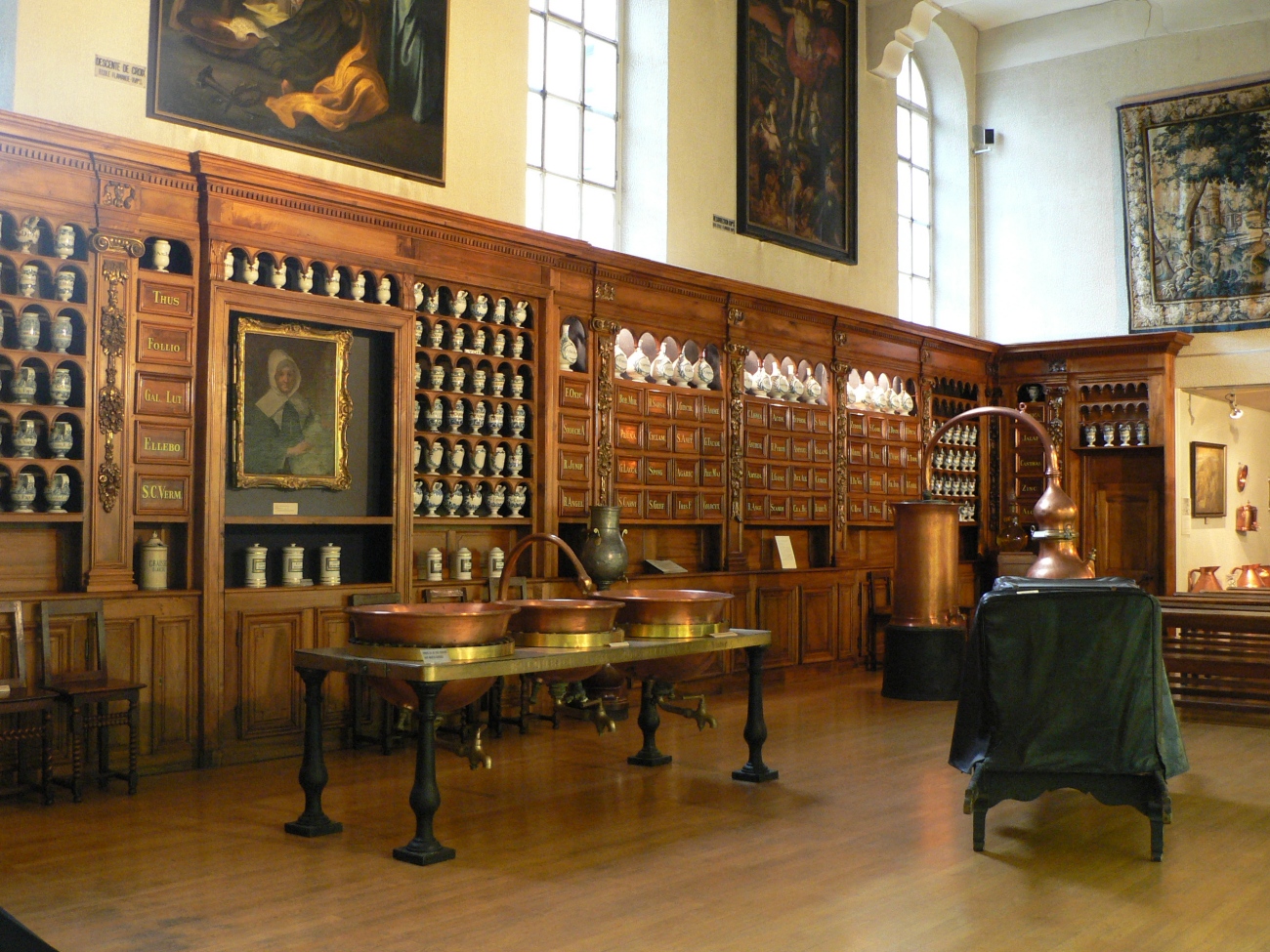
Zuiderzee Museum, Netherlands
The Zuiderzee Museum in Enkhuizen has been reconstructed onsite from the 1901 renovations of an original pharmacy that resulted in this amazing Art Nouveau facade being preserved. The tiles and stained glass are typical of the era, but a unique thing about this exterior is the figure on the front. Known as “gapers” these figures were carved by the same craftsman who made ship’s figureheads. Their gaping mouths are said to indicate the taking of medicines and also the process of medical examination. Gapers were placed, much like the the striped poles of barber shops, outside pharmacies so that even those who could not read would know what type of establishment was located inside.
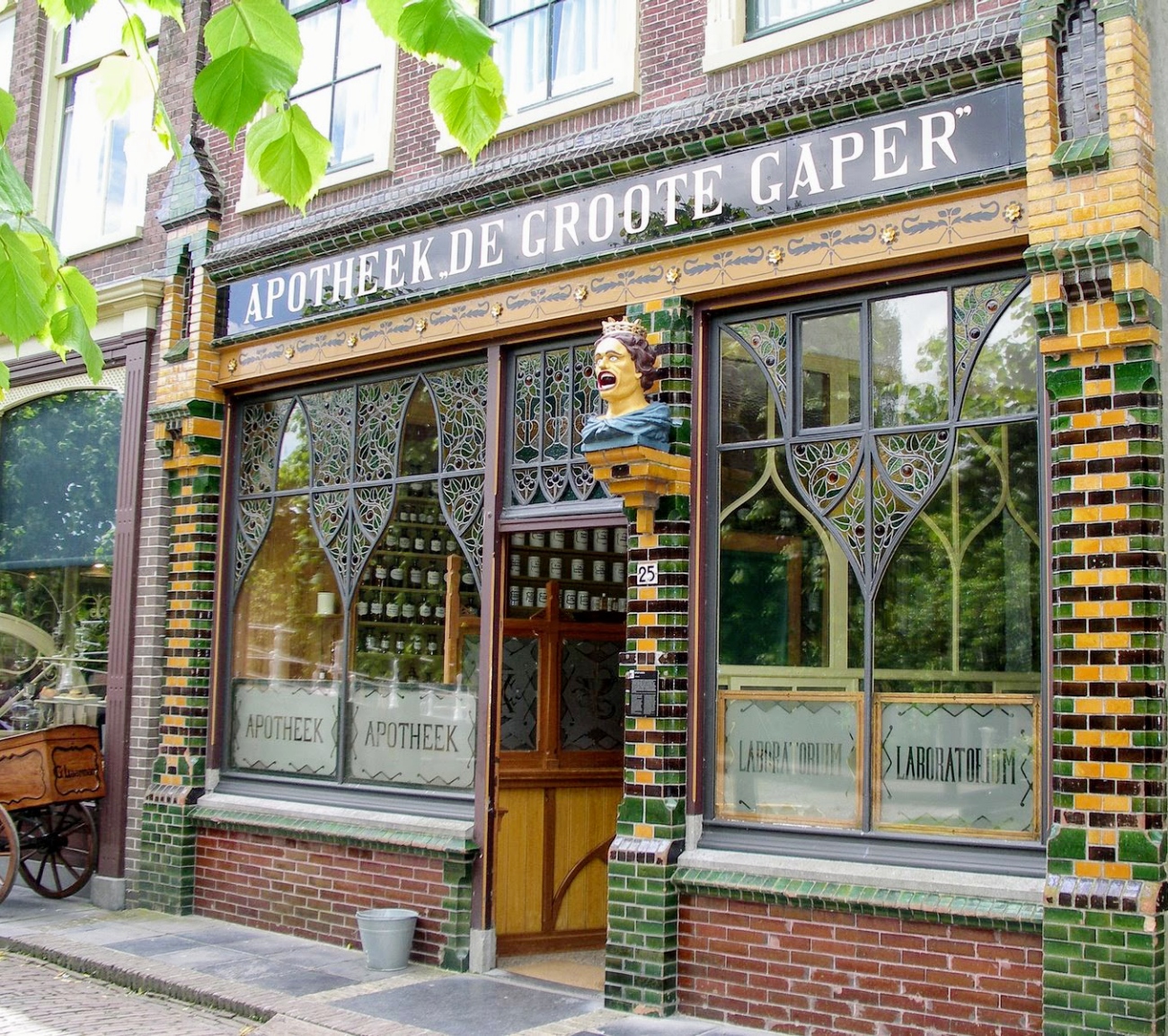
SKM: below-content placeholderWhizzco for DOT

